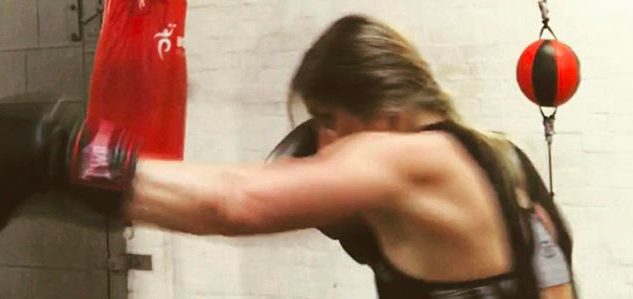This article was written for Virus Intl. Australia, and is reproduced here with both their and Carl Jenning’s permission.
Planning on taking your athletic performance to the next level or looking to get started in a new sporting endeavour this year and not sure where to start? Setting a goal is one thing. The execution is a whole other ball game.
So how does one level up their athletic performance? We spoke to Carl Jennings, an expert in the field of athletic development with over 25 years experience as a elite level strength and conditioning coach working with the likes of Olympians, NRL Australia and English Premier League soccer, about the best way to achieve athletic success. Carl through his business Super 6 High Performance, helps athletes develop elite levels of physical and emotional resilience, enabling them to fulfill their potential.
The first thing that he stresses is that to make any significant improvements we MUST embrace change. However this is not easy, as by nature we are relatively change-averse. In order to adapt to change we need to develop a realistic plan, or as Carl calls it, a ‘Map for Success’. Without this Carl equates setting out on a new sporting or fitness endeavour, to setting out on a journey through uncharted territory without a map, increasing the risk of going off course and giving yourself a significantly lower chance of even arriving at your destination.
So how do we set about creating such a plan? We discuss the essentials Map for Success below.
The Starting Point
Just as any journey has a starting point so too does an individual athlete or team. This is the point where an honest evaluation of the current identity and capabilities must take place.
Important questions to ask here are:
– what are your strengths and weaknesses?
– What processes and behaviours will move you forward?
– What behaviour and external pressures will hold you back?
Carl is a big believer in formulating a plan that focusses on ‘Strengthening strengths, along with a secondary focus of Weakening Weaknesses’. It is ultimately your Strengths that will drive you to sporting success, and it is these “Big Rocks” that you must spend the majority of time developing.
Once this is established, there is greater awareness of ones true nature, so it is easier to start putting together a more realistic and achievable plan. We can do this by breaking down the year into smaller building blocks, so that you can focus energies into specific areas of development over time, improving the overall picture. In the world of athletic conditioning we would refer to these as macro, meso and microcycles.
You don’t need to reinvent the wheel, you can draw from existing resources to plan your training blocks, however it is important to note that you shouldn’t take a one size fits all approach. Your plan should be built to work toward a summation of your individual strengths. He puts this best by stating, ‘ Work hard as getting very good at a few things rather than average at a lot of things’.
The Destination
It is easier to successfully reach our destination if we have a clear destination in mind! By building a clear picture of where your physical, tactical and technical ability needs to be at a certain point in time, then it is easier to map out the steps needed to reach this. It is crucial to prepare with the end goal in mind, and set regular check points within the map to measure if you are moving toward your goal as planned.
The Terrain
Having a clear outline of the sporting year ahead helps you fill in all the training variables. Is there off-season, pre-season, in-season or smaller events factored into your schedule? Once this is assessed, you can work out things like durations and intensities to allow for crucial adaptation to training stresses. It is also important to keep in mind the unpredictability of planning in advance, and here is where it crucial to have the right mind-set and structures in place to allow you to easily adapt, improvise and overcome obstacles. Another important consideration is to set rest points, to de-load, and allow for adequate recovery to rebuild physical and emotional energy that will be needed when pushing your limits.
So there you have it, by building a Map for Success that enables you to prepare for the controllable, AND the uncontrollable factors you may face, you can give yourself the best chance of achieving your athletic goals.
If you would like to find out more about building your own personal map for success you can contact Carl via www.super6highperformanceprogram.com.au.


